What is alumina ceramic
Aluminum oxide ceramics, also known as aluminum oxide (Al ₂ O ∝), are high-performance inorganic non-metallic materials that belong to the category of industrial oxide ceramics. It stands out among many ceramic materials due to its extremely high hardness, high thermal conductivity, excellent mechanical strength, and good corrosion resistance, becoming one of the most widely used ceramic materials in structural, wear, and corrosive environments.
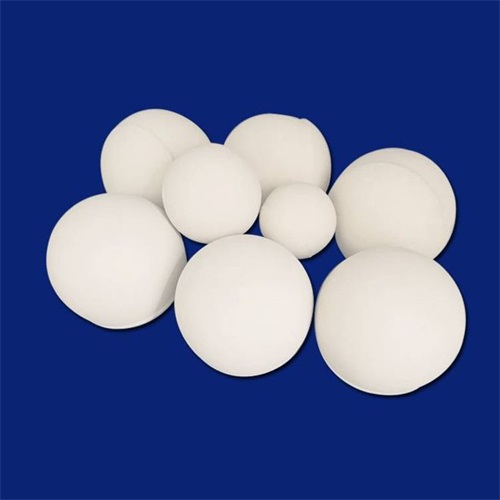
1、 Basic Definition and Composition
Aluminum oxide ceramic is a ceramic material with α – Al ₂ O3 as the main crystal, and its Al ₂ O3 content is generally between 75% and 99.99%. According to the content of Al ₂ O3 in the ingredients, alumina ceramics can be classified into different grades, such as “75 ceramics” (Al ₂ O3 content of about 75%), “85 ceramics” (Al ₂ O3 content of about 85%), “95 ceramics” (Al ₂ O3 content of about 95%), “99 ceramics” (Al ₂ O3 content of about 99%), etc. In industry, alumina is usually prepared from bauxite (Al ₂ O ∝· 3H ₂ O) and boehmite. For alumina with low purity requirements, it can be prepared by chemical methods.
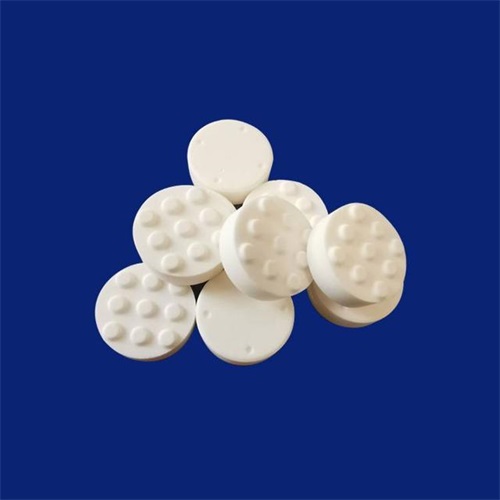
2、 Preparation process
The preparation process of alumina ceramics is varied, mainly including dry pressing, injection molding, gel casting, etc.
Dry pressing: This is a conventional method for preparing alumina ceramics. The process begins with the mixing and grinding of raw materials, followed by the compression molding of fine powders using dry pressing equipment, and then the production of finished products through high-temperature sintering technology. The alumina ceramics produced by this method exhibit high density and hardness, but the cost is relatively high, and the finished product is prone to cracking or deformation problems.
Injection molding: also known as compression molding, involves mixing alumina ceramic powder into plastic, using an injection molding machine for hot processing and molding, and then applying high temperature sintering. This process can shape more complex structures and produce fewer cracks during the molding stage, but the operating cost of injection molding machines is high and impurities may be introduced during the plastic mixing process.
Gel casting: This is a way to prepare alumina ceramics based on chemical liquid phase reaction. It first prepares alumina sol, then solidifies and shapes it in a mold, and finally obtains alumina ceramics through high-temperature sintering. The alumina ceramics produced by this method not only have high density and purity, but also excellent mechanical properties and corrosion resistance. However, the preparation cycle is long and the required equipment cost is high.
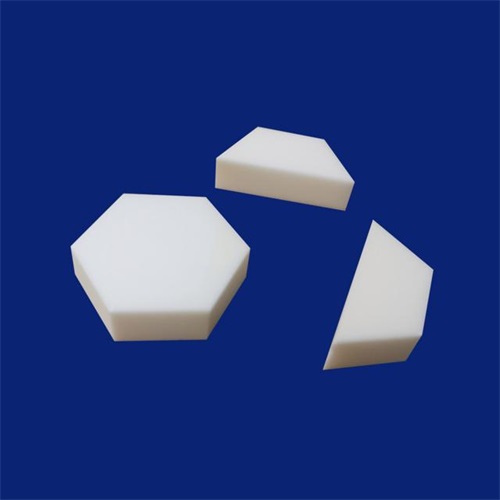
3、 Performance characteristics
High hardness and wear resistance: Alumina ceramics have extremely high hardness and can only be processed by diamond grinding. It has extremely strong wear resistance and can maintain its original structure even after mechanical wear, making it harder than steel and tungsten carbide tools.
High temperature stability: Alumina ceramics can be used in atmospheric environments up to 1650 degrees Celsius and vacuum environments up to 2000 degrees Celsius. At 1000 degrees Celsius, it can still maintain 50% of its tensile strength at room temperature, and its strength remains unchanged after returning to normal temperature.
Corrosion resistance: Alumina ceramics have corrosion resistance to acids and bases at high temperatures, and can resist the erosion of various strong acids, bases, and organic solvents, including strong acids such as sulfuric acid, hydrochloric acid, nitric acid, as well as strong bases such as sodium hydroxide and potassium hydroxide. At the same time, it also exhibits good corrosion resistance to organic solvents such as alcohols, ketones, and ethers.
Insulation: Alumina ceramics have high electrical resistivity and can withstand low thermal shock. Due to its dielectric properties, it has become a good insulating material, and current cannot pass through them.
Other properties: Alumina ceramics also have good air tightness, low density (but increases with volume), and other characteristics.
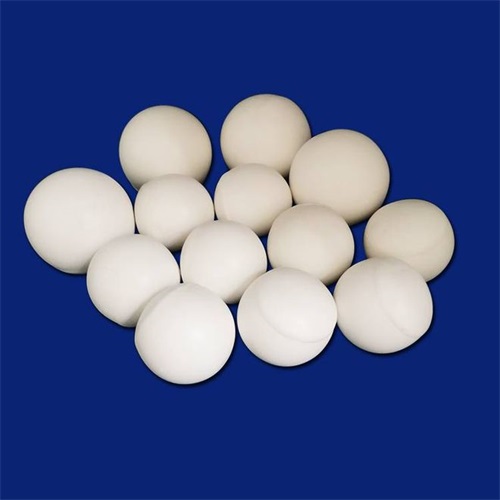
4、 Application Fields
Alumina ceramics have been widely used in various industrial fields due to their unique properties.
Mechanical manufacturing: used for making precision mechanical components such as ceramic bearings, ceramic sliders, etc; And high-precision and wear-resistant molds, such as stamping molds, injection molds, etc.
Chemical system: used as various reaction vessels and pipelines, components of chemical pumps, etc., to resist corrosion and wear.
Electronic industry: Utilizing its high-temperature insulation properties, it is used as a thermocouple sleeve and protective tube, solid integrated electric furnace substrate socket, shell, porcelain frame, etc.
Aerospace: used to produce high-temperature components and heat-resistant layers, providing guarantees for the safe flight of aircraft.
Other fields: such as refractory materials and high-temperature furnace tubes in the metallurgical industry, human joints in the medical and health industry, etc.
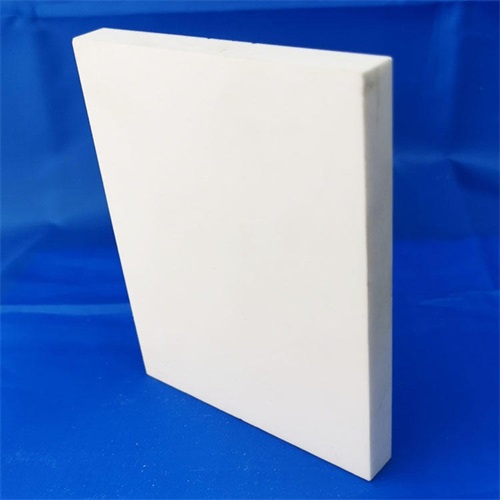
Alumina ceramic is a high-performance ceramic material with extremely high hardness, excellent mechanical strength, good corrosion resistance, and insulation properties.
PREVIOUS:What are the performance differences between aluminum nitride ceramics and silicon nitride ceramics
CATEGORIES
LATEST NEWS
- What are the mechanical pro...
- Thermal properties of zirco...
- What properties should be c...
- What are the mechanical pro...
- What are the main advantage...
- What is Macor processable g...
- The material properties and...
- The reason for the high pri...
- What are the preparation me...
- Why modify aluminum nitride...
